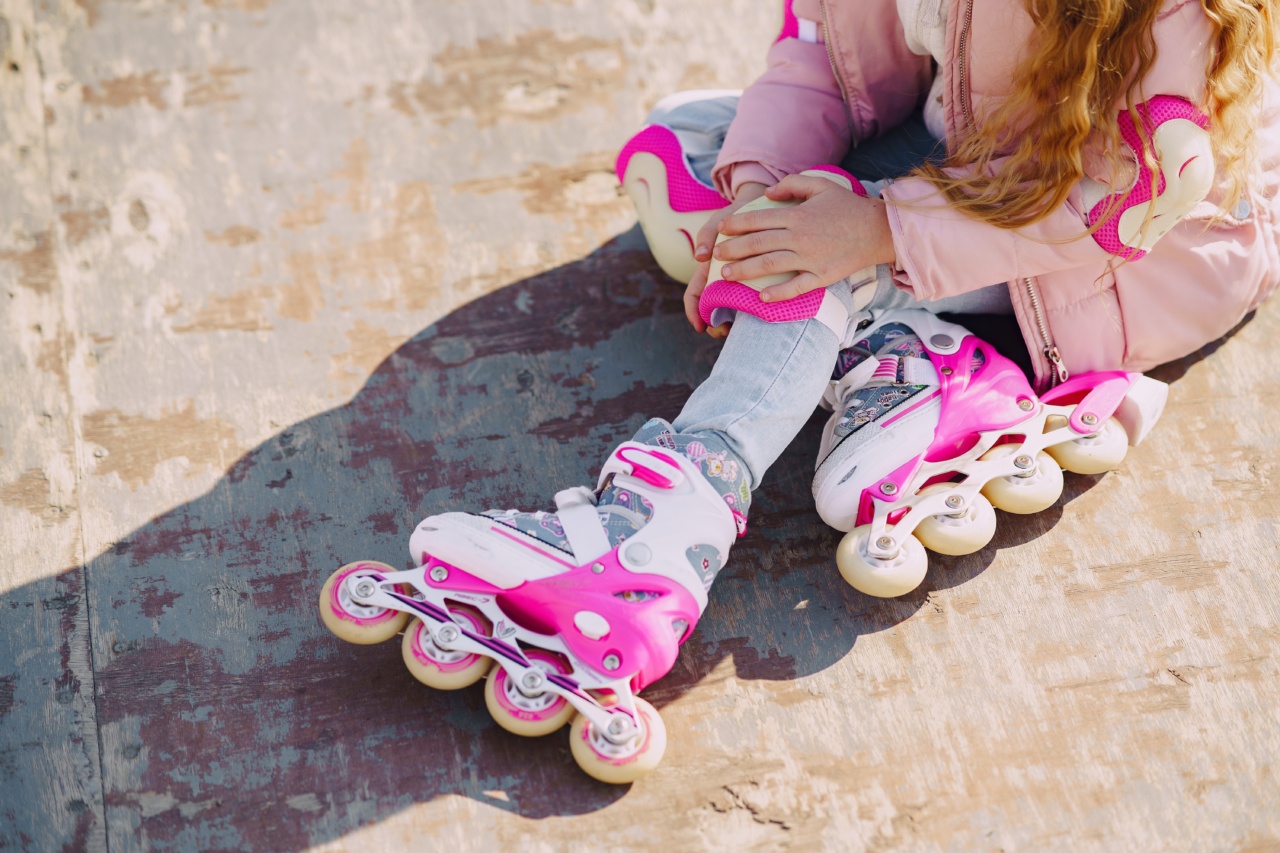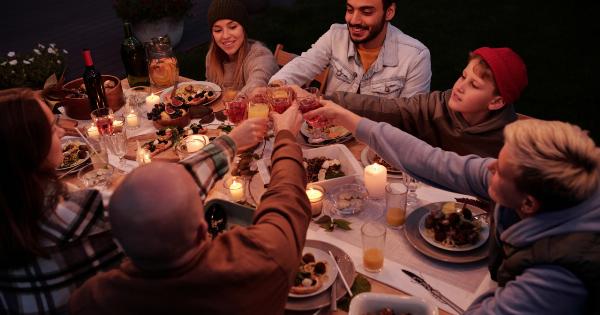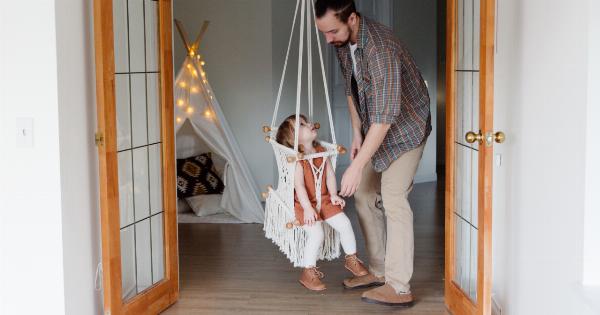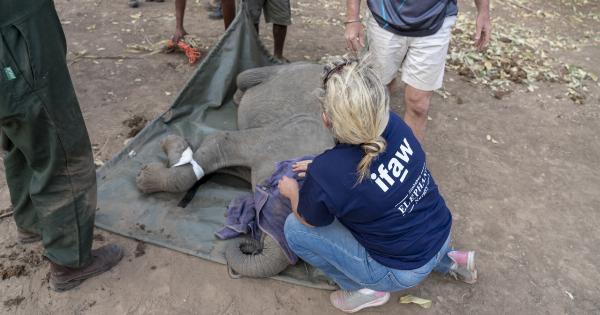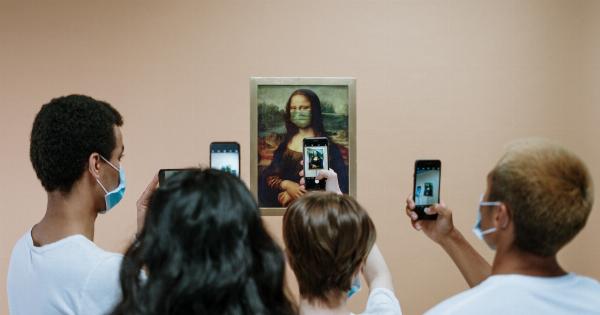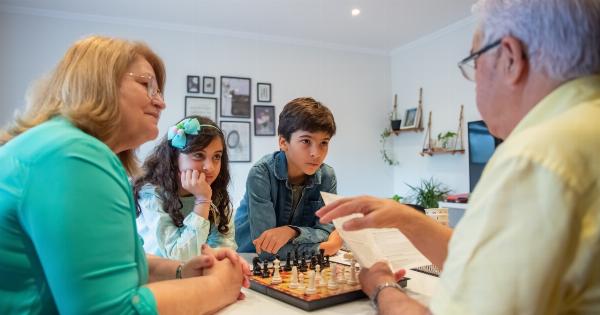Every parent wants their child to be safe from harm. When it comes to young children, who are still learning how to navigate the world around them, accidents can happen easily.
As a parent, it’s important to take steps to prevent accidents and protect your little one from harm. Here are some tips for child safety to keep in mind.
1. Childproof your home
One of the best ways to prevent accidents is to childproof your home. Install safety gates at the top and bottom of staircases, put safety latches on cabinets and drawers, and cover electrical outlets.
Remove small items that can be choking hazards, like coins and small toys, and secure heavy furniture to the wall to prevent tip-overs. Make sure all windows and doors are safely locked and secured. These measures will help to reduce the risk of accidents in your home.
2. Supervise your child
As much as you may want to keep your child in sight at all times, it’s impossible to do so. However, it’s important to keep a watchful eye on your child when they’re playing or exploring.
Make sure they’re always within your reach and supervise them when they’re in areas that pose a risk, such as near a pool or in the kitchen. If you need to step away for a moment, take your child with you or bring in a trusted caregiver to watch them.
3. Teach safety rules
Teach your child safety rules and set clear guidelines about what they can and cannot do.
Discuss road safety rules like looking both ways before crossing the street, teach them about stranger danger, and make sure they understand that they should never touch guns or other dangerous objects. Reinforce these rules and guidelines often and make sure your child knows why they’re important.
4. Check your child’s toys and equipment
Make sure your child’s toys and equipment are safe for use. Avoid toys with small parts that can be choking hazards, and make sure any bikes, strollers, or car seats meet safety standards.
Regularly inspect toys and equipment for wear and tear and replace anything that’s broken or damaged.
5. Be prepared for emergencies
Accidents can happen despite your best efforts to prevent them. That’s why it’s important to be prepared for emergencies.
Keep a first aid kit handy in your home and in your car, know basic first aid and CPR, and be prepared to call for help if necessary. Make sure your child knows what to do in an emergency and review emergency procedures regularly.
6. Practice water safety
Water can be a big safety risk, especially for young children who don’t yet know how to swim. Never leave your child unattended near bodies of water, including tubs and pools.
Teach your child how to swim as soon as possible and supervise them closely when they’re in or near the water. Consider giving your child swimming lessons or even enrolling them in a water safety class.
7. Consider child safety products
There are a variety of child safety products available that can help to reduce the risk of accidents.
These include baby monitors, which allow you to keep an ear on your child at all times, car seats and booster seats, which can save your child’s life in the event of a crash, and safety gates and barriers. Look for products that have been tested and approved for safety, and follow all instructions carefully.
8. Keep hazardous items out of reach
Many household items can be hazardous to young children, including cleaning supplies, medications, and sharp objects.
Be sure to keep all hazardous items out of reach of your child, either by safely locking them away or storing them in a place your child cannot access. This will go a long way in preventing accidents.
9. Set a good example
Finally, remember that your child looks to you as a role model. Set a good example by following safety rules yourself and practicing safe behaviors.
Wear a seatbelt when driving, always wear a helmet when riding a bike, and use caution when cooking or handling hot items. Show your child that safety is important and make it a part of your family’s everyday routine.
10. Conclusion
Overall, taking steps to prevent accidents and protect your child from harm is one of the most important things you can do as a parent.
Childproof your home, supervise your child, teach safety rules, check toys and equipment, be prepared for emergencies, practice water safety, use child safety products, keep hazardous items out of reach, and set a good example. By doing so, you’ll be helping to ensure your child’s safety and well-being.
